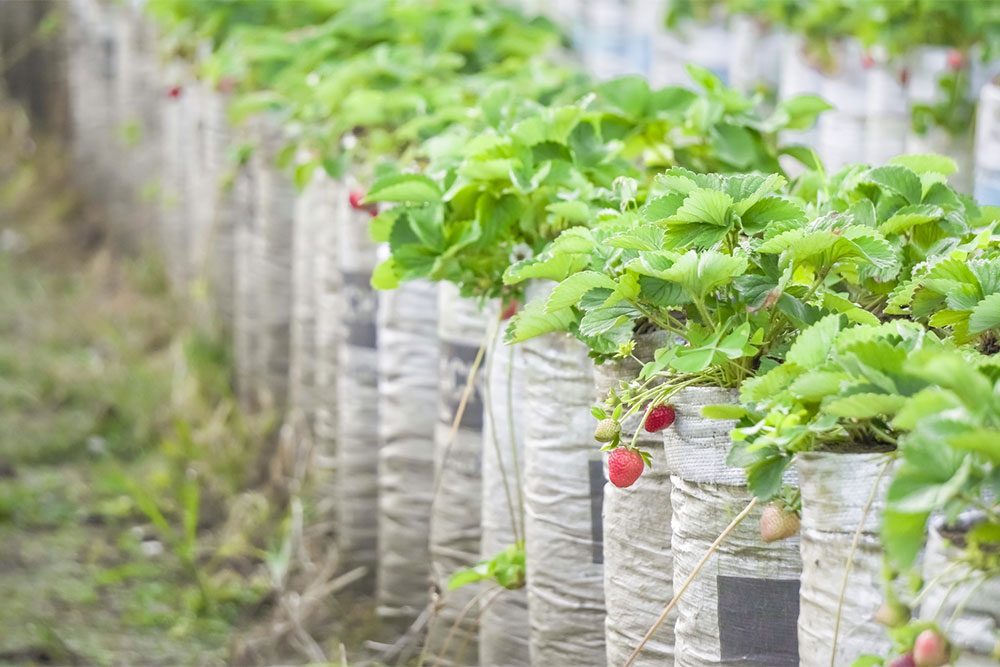Comprehensive Fertilization Strategies to Maximize Your Strawberry Harvest
Learn effective fertilization techniques for strawberries, including timing, fertilizer options, and DIY organic solutions. Proper fertilization enhances plant health, flowering, and berry production, ensuring a productive harvest with environmentally friendly practices. Follow expert tips and adapt to local conditions for optimal results.

Comprehensive Fertilization Strategies to Maximize Your Strawberry Harvest
Growing strawberries is a rewarding activity for garden enthusiasts, offering fresh fruit and aesthetic appeal. Ensuring a healthy and fruitful crop relies on proper fertilization practices. Understanding the ideal timing, choosing the right fertilizers, and using homemade options can significantly enhance your yield.
Best Timing for Fertilization
The key periods for fertilizing strawberries are during fall and early spring. These times promote strong growth by supplying vital nutrients during crucial development phases.
Applying appropriate nutrients through fertilization encourages robust plant growth and abundant fruiting. Soil temperature plays a role too, with around 50°F marking the start of active growth. Monitoring soil warmth and applying fertilizers at optimal moments helps maximize flowering and berry production.
How to Fertilize
Fertilizers can be delivered as liquids or granules during peak growth periods. Follow manufacturer instructions to avoid over-fertilization, which could damage roots or stunt growth. Granular fertilizers should be evenly distributed and watered thoroughly; repeat applications bi-weekly or more often for larger beds. Liquid fertilizers need to be diluted and sprayed around the plant base, steering clear of the leaves. Post-fertilization, rinse strawberries thoroughly to remove any residues, ensuring safe consumption.
Choosing the right fertilizer involves understanding NPK ratios—nitrogen, phosphorus, and potassium. Balanced options like 10-10-10 or 20-20-20 are ideal for healthy roots, sturdy stems, and plentiful fruit. Organic fertilizers are also available for an eco-friendly approach.
Homemade Organic Fertilizer Ideas
Organic options such as compost tea—made from soaked compost in non-chlorinated water—are effective after 10-15 days of brewing. Coffee grounds, rich in nitrogen, can be added to compost or directly sprinkled around plants. Banana peel infusions soaked in water provide calcium, potassium, and magnesium and should be diluted before use. Fish emulsion, derived from fish by-products, offers a nitrogen boost and is especially useful if leaves yellow. Seaweed extract supplies phosphorus and enhances heat tolerance during summer.
Commercial fertilizers are simple and reliable, with optimized NPK ratios. Always check labels for the specific balance; 10-10-10 is a common safe choice. Organic fertilizers, free from synthetic chemicals, deliver eco-friendly nourishment that yields comparable results without adverse effects.
Important Reminder:
This guidance is intended to assist gardeners with informed fertilization decisions. Although based on research and experience, it should not replace professional advice. Always follow product instructions and adapt to local conditions to ensure the best results. The website is not liable for issues caused by external sources.


